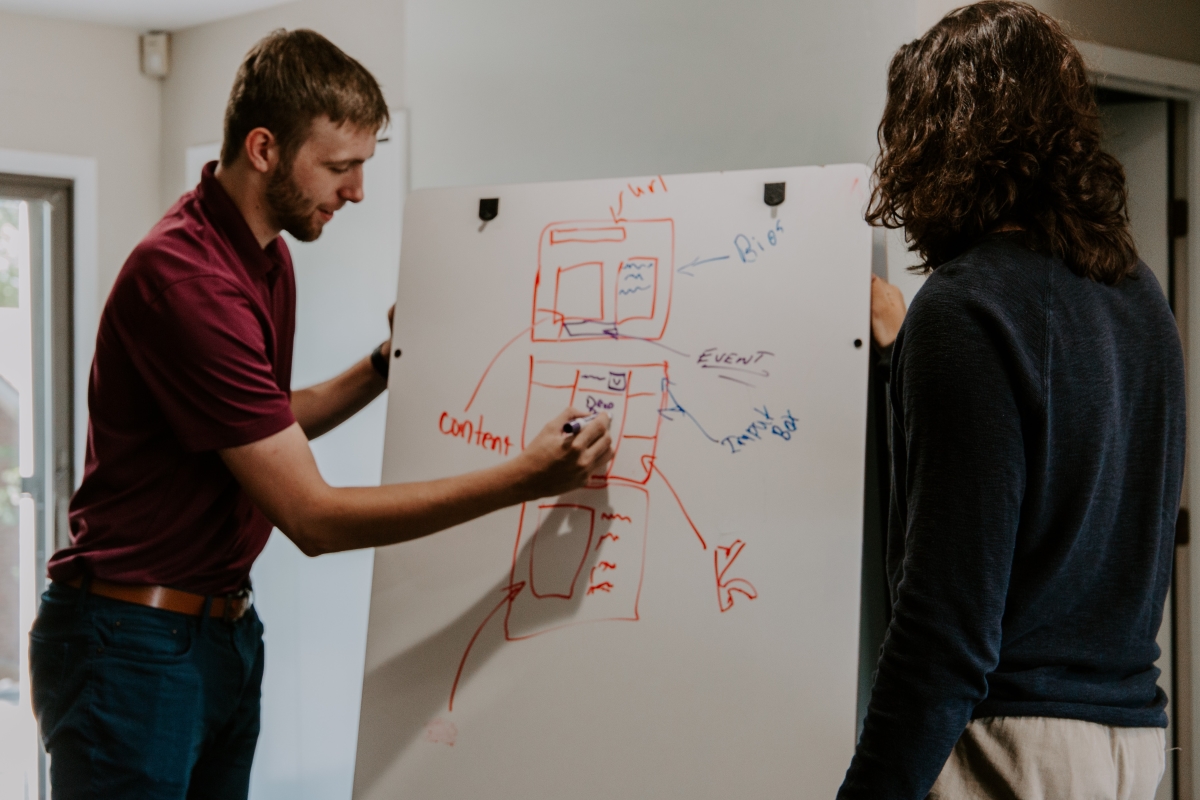Revolutionizing Workforce Acquisition: Traditional Staffing Techniques vs. Modern Innovations
Introduction:
The landscape of staffing and recruitment has undergone a significant transformation over the years. With the advent of technology and changing workforce dynamics, traditional staffing techniques are giving way to more innovative and efficient methods. In this article, we will explore the evolution of staffing techniques, comparing the old and the new, and highlighting the role of technology in shaping the future of workforce acquisition.
Traditional Staffing Techniques:
- Print Advertising and Job Boards: In the past, companies heavily relied on print advertising and job boards to attract potential candidates. Newspapers, industry-specific magazines, and community bulletin boards were the primary mediums for job postings. However, this approach had limitations in terms of reach and speed. Read more about the history of job boards here.
- Word of Mouth and Referrals: Networking and word of mouth played a crucial role in staffing. Many companies relied on employee referrals to fill positions, trusting that current employees would recommend individuals who would be a good fit for the organization. Explore the importance of employee referrals in staffing here.
- Manual Applicant Tracking: Tracking and managing applicants were labor-intensive tasks. Resumes were often submitted physically or via mail, and HR professionals manually sorted through stacks of papers to identify potential candidates. Learn about the challenges of manual applicant tracking here.
Modern Staffing Innovations:
- Digital Recruitment Platforms: The rise of the internet has revolutionized the way companies approach recruitment. Online job portals and digital recruitment platforms have become the go-to for both employers and job seekers. These platforms offer a wider reach, faster application processes, and enhanced search capabilities.Explore the benefits of digital recruitment platforms here.
- Social Media Recruitment: Social media platforms have become powerful tools for talent acquisition. Companies leverage platforms like LinkedIn, Twitter, and Facebook to connect with potential candidates directly. Social media provides a more personal and interactive way to engage with job seekers.Read about the impact of social media on recruitment here.
- Applicant Tracking Systems (ATS): Automation is a game-changer in modern staffing. Applicant Tracking Systems streamline the hiring process by automating resume screening, scheduling interviews, and managing candidate communications. This not only saves time but also ensures a more objective evaluation of applicants.Learn how an Applicant Tracking System can benefit your recruitment process here.
- AI and Predictive Analytics: Artificial Intelligence (AI) and predictive analytics are transforming how companies identify and assess talent. AI algorithms can analyze vast amounts of data to predict candidate success, helping organizations make more informed hiring decisions.Discover the role of AI in predictive analytics for recruitment here.
Conclusion:
The shift from traditional staffing techniques to modern innovations signifies the dynamic nature of the workforce and the ever-evolving role of technology. Embracing these advancements not only enhances the efficiency of the recruitment process but also enables organizations to tap into a more diverse pool of talent.
As we navigate this evolving landscape, it’s crucial for businesses to stay informed about the latest trends and technologies in staffing. By leveraging the power of digital platforms, automation, and data-driven insights, companies can position themselves at the forefront of the competitive talent acquisition landscape.
To explore more insights and stay updated on the latest in staffing and recruitment, visit Crescent Solutions.


